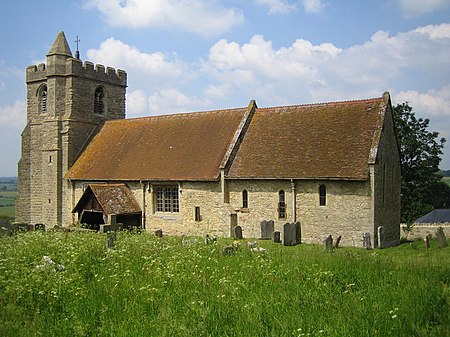Upper Winchendon
Civil parishes in BuckinghamshireUse British English from March 2021Villages in Buckinghamshire

Upper Winchendon or Over Winchendon is a village and civil parish in the Aylesbury Vale District of Buckinghamshire, England. It is about 1.5 miles (2.4 km) south of Waddesdon and 4.5 miles (7 km) west of Aylesbury. A mid-air collision on 17 November 2017 between a plane and a helicopter just outside the village was referred to by much of the press as the "Waddesdon Manor air incident".
Excerpt from the Wikipedia article Upper Winchendon (License: CC BY-SA 3.0, Authors, Images).Upper Winchendon
Church Lane,
Geographical coordinates (GPS) Address Nearby Places Show on map
Geographical coordinates (GPS)
| Latitude | Longitude |
|---|---|
| N 51.8227 ° | E -0.9181 ° |
Address
Church Lane
Church Lane
HP18 0EP , Upper Winchendon
England, United Kingdom
Open on Google Maps










